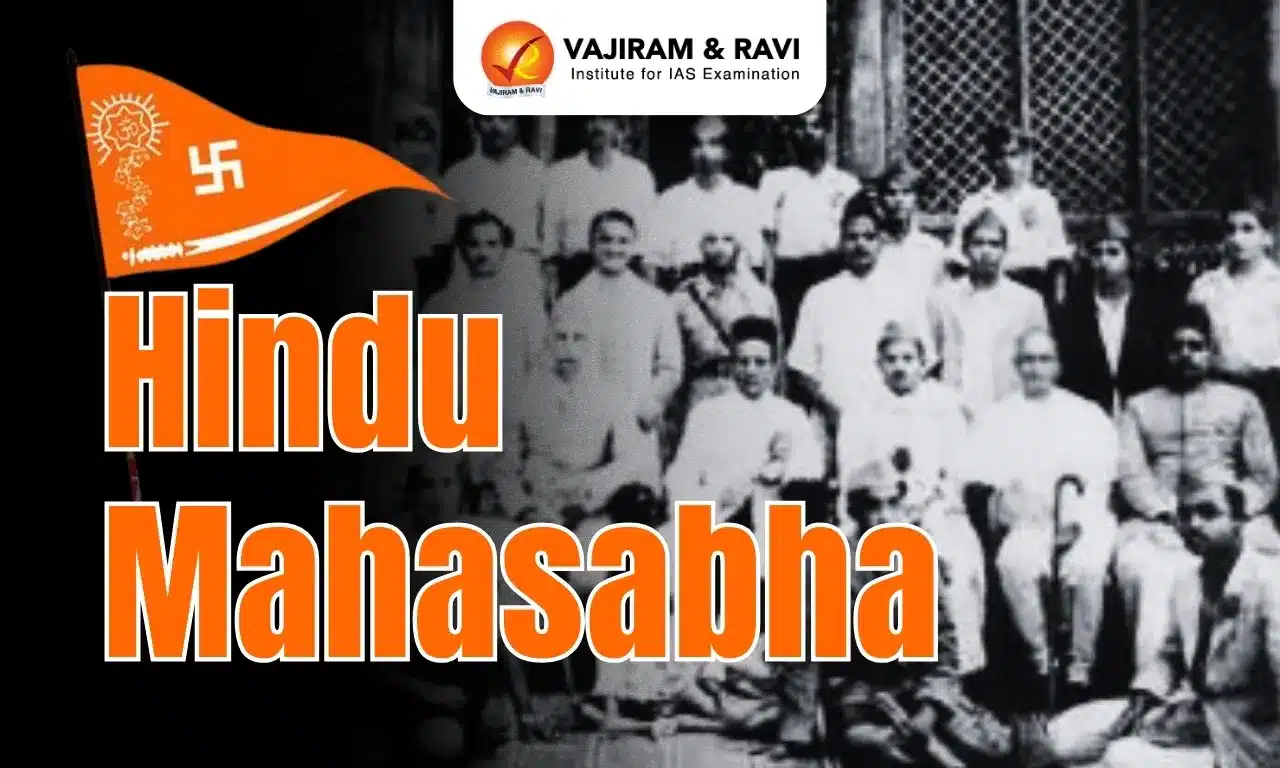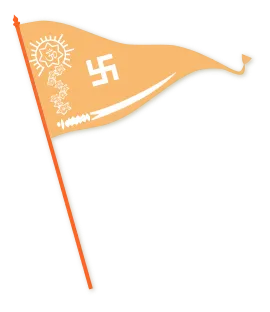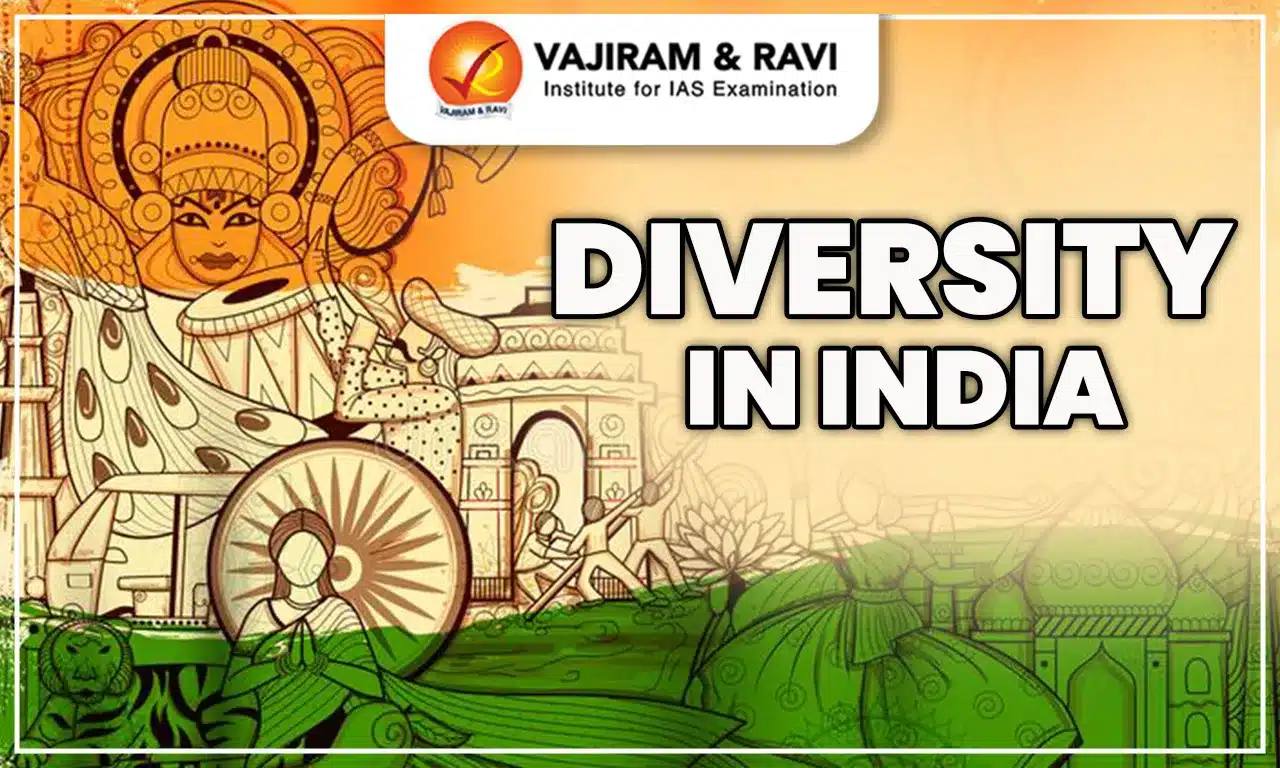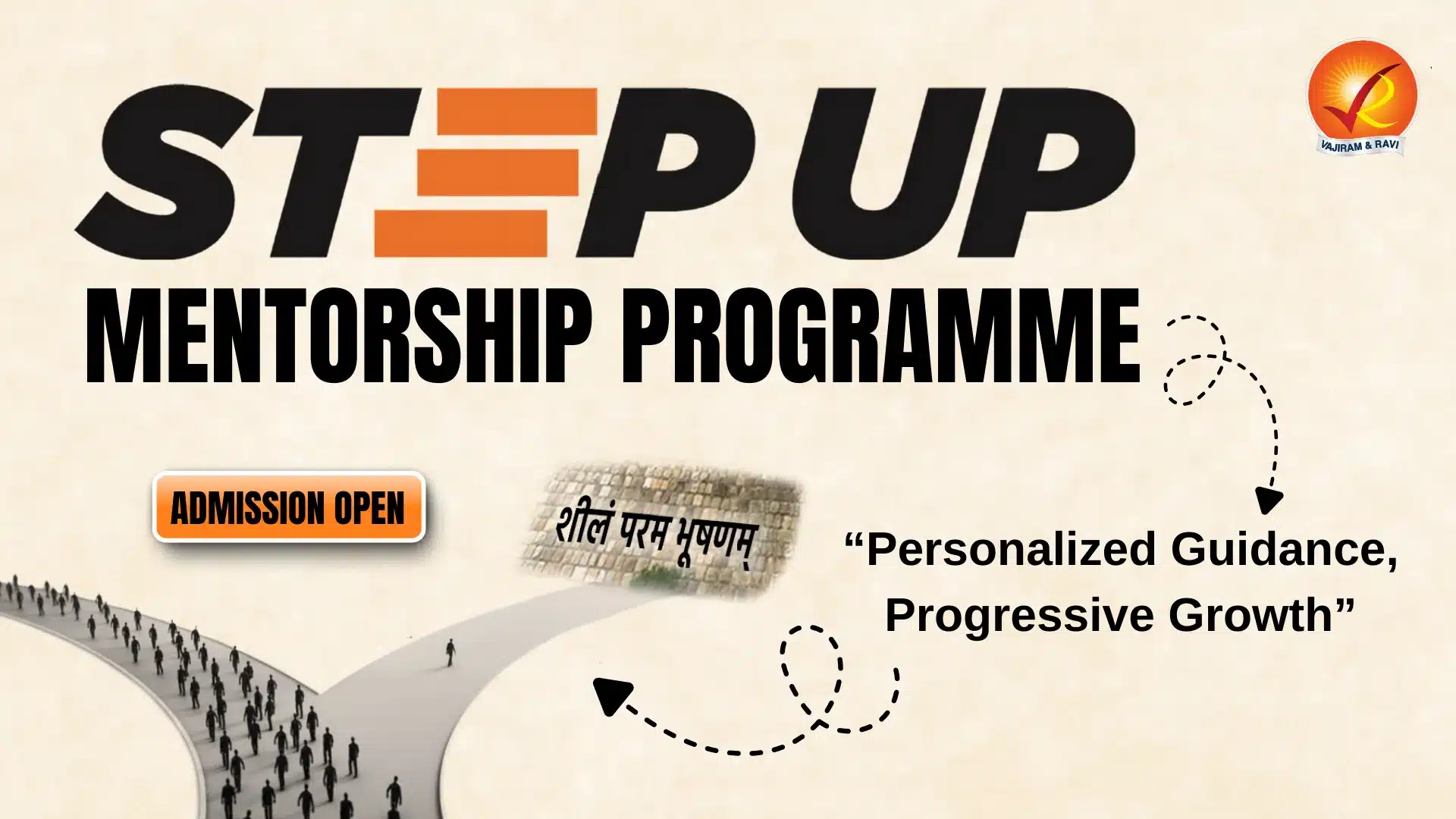Hindu Mahasabha, also known as Akhil Bhartiya Hindu Mahasabha, is a political organization founded in 1907 to protect Hindu interests and establish Hindu Rashtra based on the Hindu majority line. It expanded to the All India Level in 1915. Hindu Sabhas emerged across India, including Punjab, United Province, Bihar, and Bombay presidency, but only after 1909's Morley-Minto reform introduced separate Muslim electorates, did Hindu leaders unite and form an all-India organization.
Hindu Mahasbha leaders like Madan Mohan Malviya, Lala Lajpat Rai, and V.D Savarkar played significant roles in shaping the ideology of Hindu Rashtra. Many policies and objectives of the organization varied from the secular approach of the Indian National Congress to the ideas of non-violence of Mahatma Gandhi.
About Hindu Mahasabha
Hindu Mahasabha is a political organization formed in 1907 and expanded to the All India Level in 1915 by eminent leaders like Pandit Madan Mohan Malaviya. It works to safeguard Hindu interests and construct a Hindu Rashtra based on a homogeneous culture and explicit acknowledgement of Hinduism as the core of India's national identity. The Hindu Mahasabha was formed in response to the rising influence of the Muslim League. Hindu Mahasabha also opposed the policies of the British government, which were against Hindus.
Hindu Mahasabha History
Hindu Mahasabha’s origin lies in the early nationalist movements of colonial India, particularly in response to the demands of Muslim League for separate electorates. The original precursor to the Hindu Mahasabha was the Hindu Sabha Movement of Punjab. In 1915, during the Kumbh Mela at Haridwar, the Sarvadeshak (All India) Hindu Sabha was formed, pledged to represent the Hindu communities. In April 1921, it was renamed Akhil Bharat Hindu Mahasabha.
Hindu Mahasabha Objectives
Hindu Mahasabha’s objectives can be outlined in the goals mentioned during the formation of the Mahasabha in 1915 at Haridwar. The main objectives were Hindu solidarity, promoting education among members of the Hindu community, and improving the conditions of all classes of the Hindu community.
- Shuddhi Movement: Shuddhi movement, was to reconvert Hindus who had adopted Islam or Christianity back to Hinduism.
- Creation of Hindu Rashtra: To establish a Hindu Rashtra based on Hindu majority rule.
- Nagari and Cow Protection: Hindu Mahasabha also adopted Nagari (Devnagari Script) and cow protection movements.
- It became a symbol of Hindu identity, with Nagari as the symbol of the Hindu nation and the Cow as the sacred symbol.
Hindu Mahasabha Policy
Hindu Mahasabha is a non-secular party, established for safeguarding the issues of Hindus. The major goals of Hindu Mahasabha include Hindu Political unity, more representation of Hindus, separate electorates, etc. The goals are discussed in detail below:
- Hindu Political Unity: Hindu Mahasabha policies were mainly focused on Hindu Political unity. It opposed the idea of India being a nation that accommodates all religions. It challenged the Congress's goal of a secular country.
- Opposed Hindu-Muslim Unification: Hindu Mahasabha also opposed Mahatma Gandhi’s approach to Hindu-Muslim unification. Hindu Mahasabha wanted more representation to be given to Hindus over minorities.
- Against Combined Electorates: Hindu Mahasabha opposed combined electorates and advocated for separate electorates for different religious groups.
- Resisted British Policies: Hindu Mahasabha viewed British-sponsored schemes such as banning child marriage and abolition of untouchability as detrimental to Hindu traditions.
- Views on World War II: Hindu Mahasabha saw the war as an opportunity to militarize Hindu youth and secure the nation's freedom. They advocated for the enlistment of young Hindu men into the army, gaining military training and experience.
- Supported Princely States: Hindu Mahasabha, unlike the Congress, viewed Hindu Maharajas as "patriotic Indians" who would support India's freedom, Hindu causes, and post-freedom reconstruction, advocating for Maharajas' independence and proposing a constitutional monarchy.
Hindu Mahasabha and Mahatma Gandhi
Mahatma Gandhi's relationship with the Hindu Mahasabha was complex and characterized by ideological differences. While both Gandhi and the Hindu Mahasabha were concerned with the welfare of Hindus, their approaches to achieving this goal were quite different.
- Ideological Conflicts: Mahatma Gandhi and Hindu Mahasabha have ideological conflicts based on the methods of achieving independence. Mahatma Gandhi's policy of Ahimsa (non-violence) was against the revolutionary nationalism and violence of Hindu Mahasabha.
- Views on Secularism: Gandhi wanted a secular nation where Hindus and Muslims should live in harmony. Whereas Hindu Mahasabha advocated for a Hindu Rashtra and believed violence was necessary for freedom.
- Despite these differences, Gandhi did attempt to reach out to Hindu nationalists in the early years. He sought to unite Hindus in the struggle for independence and occasionally spoke of the importance of preserving Hindu culture.
- However, the differences between Gandhi’s vision of an inclusive, pluralistic society and the Mahasabha’s vision of a Hindu nationalist state were irreconcilable.
Thus, Gandhi's relationship with the Hindu Mahasabha became more distant and antagonistic after the assassination of Gandhi by Nathuram Godse in 1948, a former member of the Hindu Mahasabha.
Hindu Mahasabha and Congress
Hindu Mahasabha initially functioned as a socio-cultural organization, acting as a pressure group within the Indian National Congress. Their common leaders included Lala Lajpat Rai, Madan Mohan Malaviya, Gauri Shankar Mishra, and Sampoornanand. Congress had an informal link with Hindu Mahsabha till 1930.
- In 1938, Congress blacklisted Hindu Mahasabha as a communal party. After this, Mahasabha became a full-fledged political party under the leadership of V.D Sawarkar. He advocated for Hindu Rashtra with Hindu dominance, which was against the secular ideology of Congres.
Hindu Mahasabha Important Leaders
Hindu Mahasabha, which advocated for Hindu Rashtra based on Hindu cultural dominance, had pioneering leaders like Madan Mohan Malviya, Lala Lajpat Rai, Vinayak Damodar Savarkar, B.S Moonje, Shyama Prasad Mukherjee.
- Madan Mohan Malviya: He was one of the founding members of the Hindu Mahasabha. He focused on Hindu unity and the promotion of education. He established Banaras Hindu University.
- Lala Lajpat Rai: He supported the cause of Hindu nationalism. He became Congress president in 1920 and spread the ideas of the Mahasabha within the larger Congress framework.
- Balakrishna Shivram Moonje: He was the president of the Hindu Mahasabha in 1927. He advocated for military training of the sons of the soil. He established Bhonsala Military School in Nashik. He was instrumental in shaping Mahsabha’s defence policies.
- Vinayak Damodar Savarkar: V.D Savarkar became president of Hindu Mahasabha in 1937. His leadership marked a shift towards more radical Hindu Nationalism and the establishment of Hindu Rashtra. He also opposed Mahatma Gandhi’s non-violence policy.
- Shyama Prasad Mukherjee: Shyama Prasad Mukherjee became president of the Hindu Mahasabha in 1940, advocating for complete independence, and later served as Industry and Supply Minister in Nehru’s cabinet in 1950, however, he resigned due to differences.
Hindu Mahasabha Decline
Hindu Mahasabha's involvement in the freedom struggle has been controversial, as it did not fully support British rule and did not offer its full support to the nationalist movement, either abstaining from participating in the Civil Disobedience movement of 1930 and the Quit India movement of 1942.
- The Mahasabha's association with Gandhi's assassination led to criticism of Savarkar, Godse, and other members, contributing to the organization's marginalization, despite its active presence across the country.
- However, their advocacy for Hindu causes and interests, which focused on perceived injustices against Hindus, raised awareness and prompted other parties to address Hindu welfare.
Hindu Mahasabha UPSC PYQs
Q.1 In 1920, which of the following changed its name to “Swarajya Sabha”?
(UPSC Prelims 2018)
(a) All India Home Rule League
(b) Hindu Mahasabha
(c) South Indian Liberal Federation
(d) The Servants of India Society
Ans. (a)
| Other Related Posts | |
| Swadeshi movement | Muslim League |
| Partition of Bengal | Hindu Mahasabha |
Last updated on January, 2026
→ Check out the latest UPSC Syllabus 2026 here.
→ Join Vajiram & Ravi’s Interview Guidance Programme for expert help to crack your final UPSC stage.
→ UPSC Mains Result 2025 is now out.
→ UPSC Notification 2026 is scheduled to be released on January 14, 2026.
→ UPSC Calendar 2026 is released on 15th May, 2025.
→ UPSC Prelims 2026 will be conducted on 24th May, 2026 & UPSC Mains 2026 will be conducted on 21st August 2026.
→ The UPSC Selection Process is of 3 stages-Prelims, Mains and Interview.
→ UPSC Result 2024 is released with latest UPSC Marksheet 2024. Check Now!
→ UPSC Toppers List 2024 is released now. Shakti Dubey is UPSC AIR 1 2024 Topper.
→ Also check Best IAS Coaching in Delhi
Hindu Mahasabha FAQs
Q1. When was Hindu Mahasabha founded?+
Q2. What is the ideology of Hindu Mahsabha?+
Q3. Who were the important leaders of Hindu Mahasbha?+
Q4. What was the Shuddhi movement?+
Q5. Who represented the Hindu Mahasabha in the first round table conference?+


















